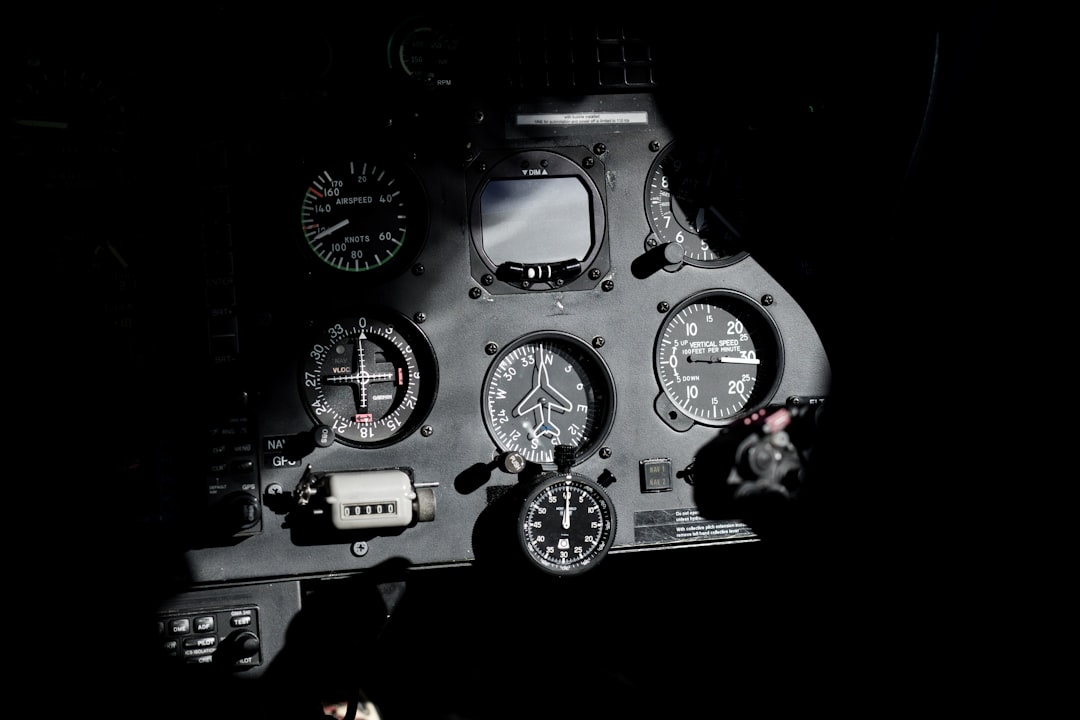Dreaming of soaring through the skies? Becoming a pilot is an amazing career path, and the journey starts right after you finish 12th grade. It’s more than just flying a plane; it’s about responsibility, skill, and a passion for aviation. Let’s explore how you can make this dream a reality!
Is Becoming a Pilot Right for You?
Before diving into the how-to, let’s see if piloting is a good fit. Think about these questions:
- Do you love airplanes and flying?
- Are you good at math and science?
- Can you stay calm under pressure?
- Are you responsible and detail-oriented?
- Do you have good communication skills?
If you answered “yes” to most of these, then becoming a pilot might be the perfect career for you!
Paths to Becoming a Pilot After 12th
There are several routes you can take after completing your 12th-grade education to become a pilot. Each has its own advantages and disadvantages. Let’s look at the most common ones:
1. Commercial Pilot License (CPL) Training at a Flying School
This is probably the most direct route. You enroll in a flying school that offers a CPL program. Here’s what’s involved:
- Eligibility: Usually requires you to be at least 17 years old and have passed your 12th-grade exams with Physics and Mathematics.
- Medical Examination: You’ll need to pass a Class I medical examination by a certified aviation doctor. This ensures you’re physically fit to fly.
- Ground School: You’ll learn the theory behind flying, including subjects like aviation meteorology, air navigation, aircraft engines, and air regulations.
- Flight Training: This is where you get hands-on experience! You’ll start with basic flight maneuvers and gradually progress to more complex skills like cross-country flying and instrument flying. You need to log a certain number of flying hours (usually around 200) to qualify for the CPL.
- Exams: You’ll have to pass written exams and a practical flight test to get your CPL.
Pros: Relatively quicker compared to other routes. Focused training specifically for piloting.
Cons: Can be expensive. Requires a significant time commitment.
2. Degree in Aviation
Some universities and colleges offer bachelor’s degrees in aviation. These programs combine academic studies with flight training.
- What you’ll study: Aviation management, airline operations, airport management, and of course, flight training.
- Flight Training: You’ll still need to complete flight training and meet the requirements for a CPL.
Pros: Provides a broader understanding of the aviation industry. Opens up opportunities in other aviation-related fields besides flying.
Cons: Can be a longer and more expensive route than just getting a CPL. May involve more academic coursework than strictly necessary for piloting.
3. Joining the Armed Forces (Air Force)
This is a highly competitive but rewarding path. If you join the Air Force and become a pilot, you’ll receive top-notch training and fly advanced aircraft.
- Requirements: You’ll need to meet the Air Force’s eligibility criteria, which usually include being a citizen of the country, meeting age requirements, and passing rigorous physical and mental tests.
- Training: The Air Force provides comprehensive training, including ground school, flight training, and specialized training on specific aircraft.
- Commitment: After completing your training, you’ll be required to serve in the Air Force for a certain period.
Pros: Excellent training. Opportunity to fly advanced aircraft. Service to your country.
Cons: Highly competitive. Requires a long-term commitment. Involves the risks associated with military service.
Important Considerations
Regardless of the path you choose, here are some key things to keep in mind:
- Cost: Flight training can be expensive. Research the costs involved and explore options for scholarships or loans.
- Medical Fitness: Maintaining good health is crucial for a pilot. Make sure you meet the medical requirements and maintain a healthy lifestyle.
- Choosing a Flying School: Research different flying schools and choose one that has a good reputation, experienced instructors, and well-maintained aircraft.
- Continuous Learning: The aviation industry is constantly evolving. As a pilot, you’ll need to stay updated with the latest regulations and technologies.
Skills You’ll Need
Being a pilot requires more than just knowing how to fly. Here are some important skills you’ll need to develop:
- Technical Skills: Understanding aircraft systems, navigation, and meteorology.
- Decision-Making Skills: Being able to make quick and sound decisions in challenging situations.
- Communication Skills: Communicating effectively with air traffic control, crew members, and passengers.
- Problem-Solving Skills: Being able to identify and resolve problems quickly and efficiently.
- Teamwork: Working effectively with other crew members.
Frequently Asked Questions
What subjects are required in 12th grade to become a pilot?
Generally, you need to have Physics and Mathematics in your 12th grade. However, specific requirements might vary depending on the flying school or aviation academy.
How long does it take to become a pilot after 12th?
The duration depends on the route you choose. Getting a CPL can take around 1.5 to 2 years. A degree in aviation might take 3 to 4 years.
How much does it cost to become a pilot in India?
The cost varies depending on the flying school and the type of training. It can range from ₹30 lakhs to ₹60 lakhs or even more. It is advisable to research well.
What are the job opportunities for pilots?
Commercial airlines, cargo airlines, private aviation, aviation training, and government jobs are some avenues.
What is the salary of a pilot in India?
Salaries depend on the airline, experience, and type of aircraft. Starting salaries can be around ₹5 lakhs per year, while experienced captains can earn upwards of ₹1 crore per year.
Becoming a pilot after 12th is a challenging but rewarding journey. It requires dedication, hard work, and a passion for aviation. With the right training and skills, you can turn your dream of flying into a reality. So, buckle up and get ready to take off!

